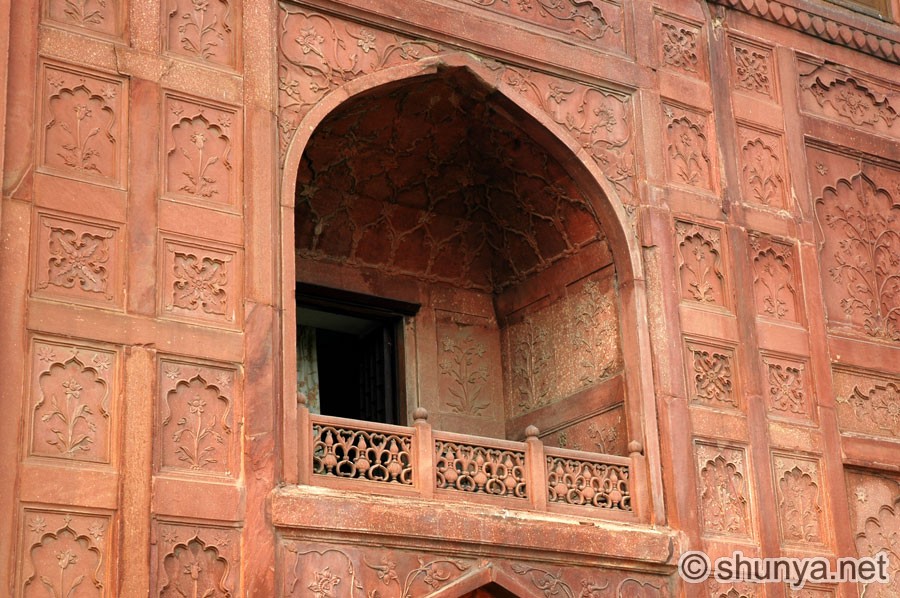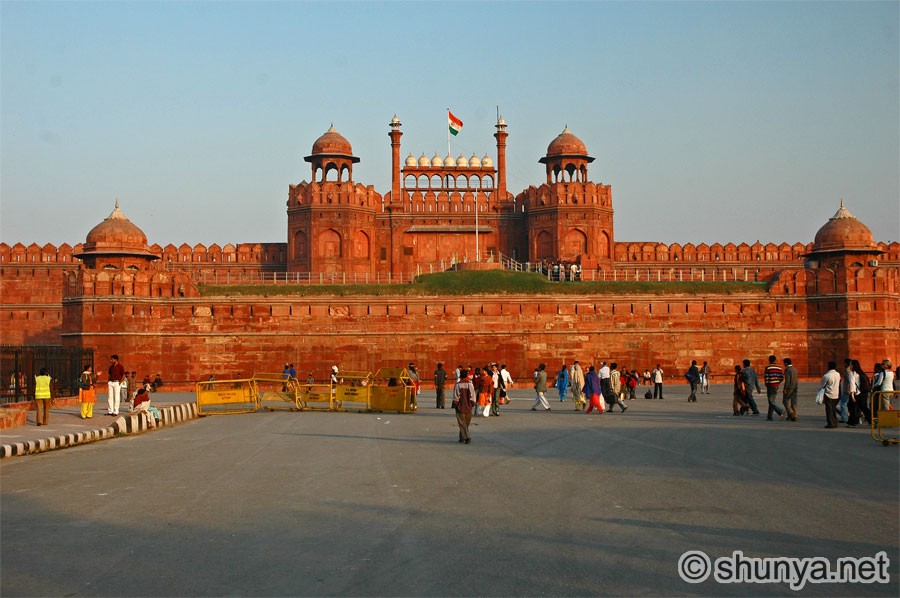The name "Delhi" is of uncertain etymology. One suggestion is that its eponym is "Dhillu", the name of a Mauryan maharaja. However, some historians believe that the word Dilli, another name for Delhi, originated from the Persian word dahleez (Urdu: دہلیز), meaning "frontier" or "threshold". Another theory suggests that the city's original name was Dhillika. The Persianized surname Dahelvi is also related to residents of Delhi. The Hindi/Prakrit word dhili ("loose") was also used for the locality, gradually morphing into the local name "Dilli".

Delhi is believed to be the site of Indraprastha, capital of the Pandavas in the Indian epic Mahabharata, founded perhaps as long ago as 5000 BC.Ancient Hindu texts describe a city in North India called Indraprastha, which means "city of Indra" (God). In later years, according to the ancient texts, parts of the city came to be known as Hastinapur or "the city of elephants". Archaeological evidence suggests that Indraprastha once stood where the Old Fort is today. The earliest architectural relics date back to the Maurya Period (c. 300 BC); since then the site has seen continuous settlement. The famous Iron pillar near the Qutub Minar was commissioned by the emperor Kumara Gupta I of the Gupta dynasty (320-540) and transplanted to Delhi during the 10th century. Eight major cities have been situated in the Delhi area. The first four cities were in the southern part of present-day Delhi.
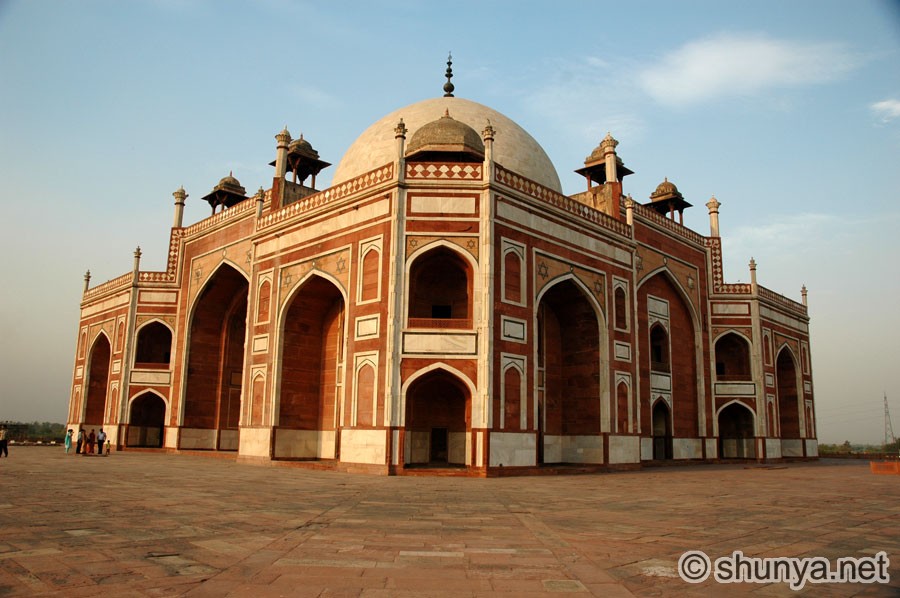
The Tomara Rajput dynasty founded the city of Lal Kot in 736 A.D. near the Qutub Minar. The epic Prithvirajaraso names the Rajput Anangpal as the founder of Delhi. The Chauhan Rajput kings of Ajmer conquered Lal Kot in 1180 A.D. and renamed it Qila Rai Pithora. The Chauhan king Prithviraj III was defeated in 1192 by the Afghan Muhammad Ghori. From 1206, Delhi became the capital of the Delhi Sultanate under the Slave Dynasty. The first Sultan of Delhi, Qutb-ud-din Aybak was a former slave who rose through the ranks to become a general, a governor and then Sultan of Delhi. Qutb-ud-din started the construction the Qutub Minar to commemorate his victory but died before its completion. In the Qutb complex he also constructed the Quwwat-al-Islam (might of Islam), which is the earliest extant mosque in India. After the end of the Slave dynasty, a succession of Turkic and Central Asian dynasties, the Khilji dynasty, the Tughluq dynasty, the Sayyid dynasty and the Lodhi dynasty held power in the late medieval period and built a sequence of forts and townships that are part of the seven cities of Delhi. In 1526, following the First Battle of Panipat, Zahiruddin Babur, the former ruler of Fergana, defeated the last Lodhi sultan and founded the Mughal dynasty which ruled from Delhi, Agra and Lahore
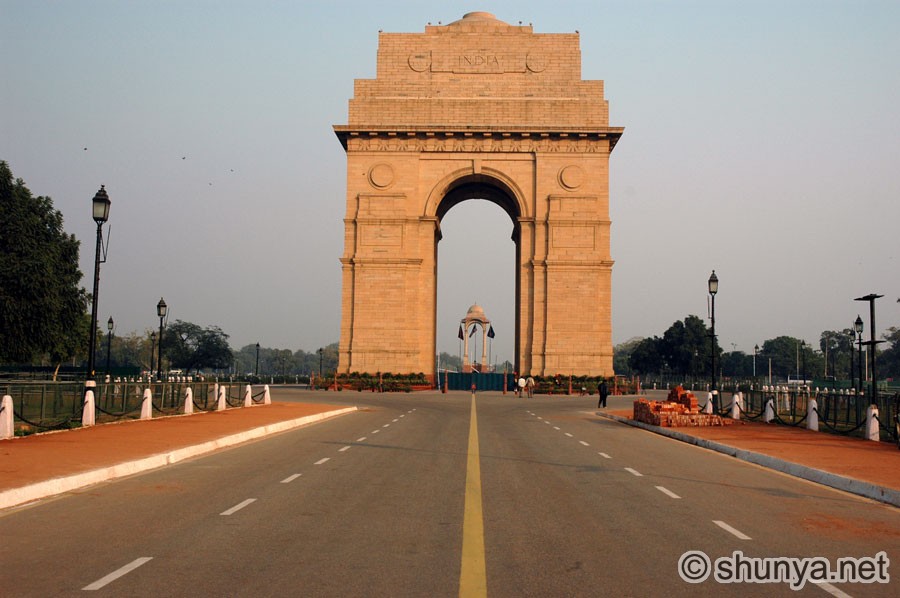
In the mid-sixteenth century there was an interruption in the Mughal rule of India as Sher Shah Suri defeated Babur's son Humayun and forced him to flee to Afghanistan and Persia. Sher Shah Suri built the sixth city of Delhi, as well as the old fort known as Purana Qila and the Grand Trunk Road. After Sher Shah Suri’s early death, Humayun recovered the throne with Persian help. The third and greatest Mughal emperor, Akbar, moved the capital to Agra resulting in a decline in the fortunes of Delhi. In the mid-seventeenth century, the Mughal Emperor Shah Jahan (1628-1658) built the seventh city of Delhi that sometimes bears his name (Shahjahanabad), and is more commonly known as the old city or old Delhi. The old city served as the capital of the later Mughal Empire from 1638 onwards, when Shah Jahan transferred the capital back from Agra. Aurangzeb (1658-1707) crowned himself as emperor in Delhi in 1658. In 1761, Delhi was raided by Ahmed Shah Abdali after the Third battle of Panipat.
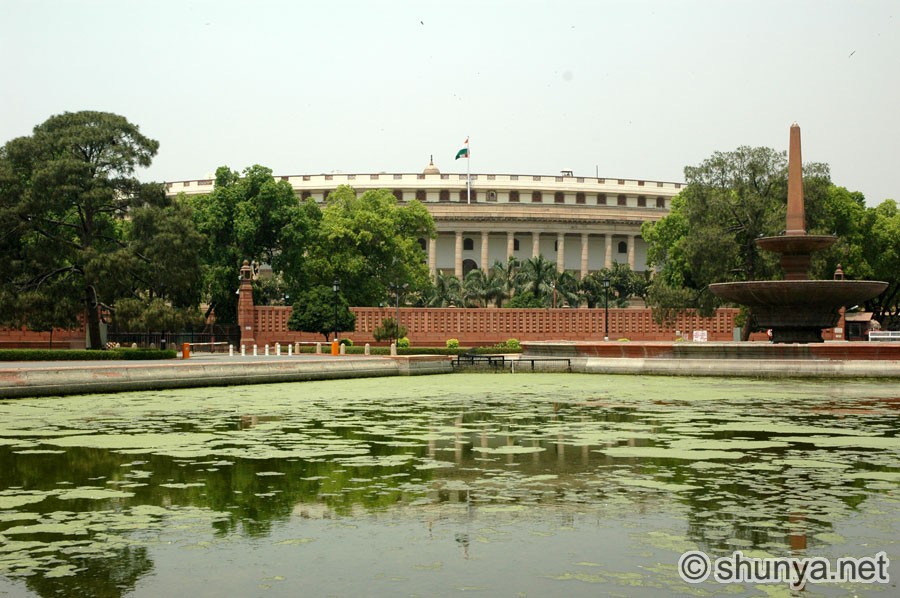
Delhi passed to British control in 1857 after the First War of Indian Independence. Shortly after the First War of Independence, Calcutta was declared the capital of British India and Delhi was made a district province of the Punjab. But in 1911, Delhi was again declared as the capital of India. Parts of the old city were pulled down to create New Delhi, a monumental new quarter of the city designed by the British architect Edwin Lutyens to house the government buildings. New Delhi, also known as Lutyens' Delhi, was officially declared as the seat of the Government of India after independence in 1947. During the Partition of India thousands of Hindu and Sikh refugees from West Punjab and Sindh migrated to Delhi.
In 1991, the Parliament of India passed the National Capital Territory Act which gave Delhi its own legislative assembly, though with limited powers. On February 16, 2006 the Delhi High Court passed a notice to the Municipal Corporation of Delhi (MCD) to remove all commercial ventures within residential areas in the city.

